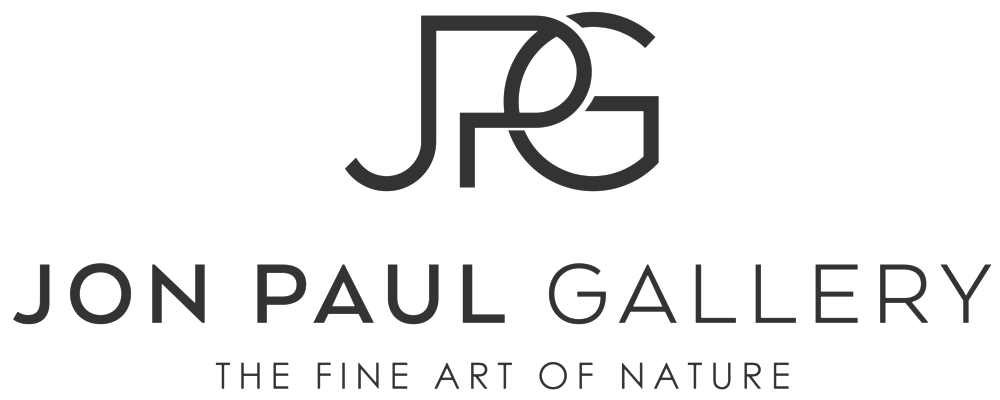Shooting 8x10 inch (and 4x10 inch) film, and then bringing the images into edition for the world to see, is often a slow process. I shoot very little, and often wait to process film until I have a few sheets exposed. From there, drum scanning can be extremely costly, so this can delay the process as well. While the results are well worth the effort, expense and wait, I often fail to put together the beginning and end of the story for everyone. I often post an iphone image of my camera in the general scene sharing the experience, but I haven't always followed up with the final image showing what I was actually seeing as an artist through my big camera. Well, here is a new image, taken in January, and below is the iphone image I shared via social media, which was taken after I had done my exposure and the conditions changed a bit. The story of the image is below.
iphone image of my 8x10 film camera after shooting the final image above.
The final image, Christmas Valley Blizzard Panorama, was taken in January 2017, just up the pass from my house (literally a 3 minute drive from home). I had visited this grouping of trees several times and knew I wanted to compose a soft image of them, using the the far side of the canyon to add depth. I waited for a heavy snow, which was easy given our record winter (200% of normal snowfall), and headed out the door. As the sun dropped behind the mountains, I was able to get a nice even light with minimal contrast for the mood I had envisioned. I chose the panoramic format to eliminate sky, further minimize contrast, and simplify the focus on the trees. Given the low light, slow speed film and small aperture required for focus, I ended up with a 2 minute long exposure. This eliminated the ability to see falling snowflakes, and added a bit of detail to the trees, but maintained that soft "foggy" look of the background, as a lot of snow was falling.
As you can see, the iphone picture looks very different from the final image. To begin with, the iphone shot was an afterthought and was taken several minutes after I exposed my sheet of film. It was quite dark out, and the snow had slowed substantially. Also, the phone takes a very short exposure, giving a stronger contrast, and a bit of an underexposure. The phone image also shows the cooler tones of light that exist in overcast and darker conditions. The film image I captured was slightly warmer, as it wasn't quite as dark out, and I color corrected the image to appear closer to how my eye/brain saw the scene. I also find the warmer tones more aesthetically pleasing and true to what I was envisioning for the image.
I think the most important thing for me to share with my context vs final image shots is how I happen to see. So often, landscape photographers lean toward putting on the widest angle lens possible and capturing everything they are seeing in one shot. As I like to describe my process, I put myself in a beautiful location and look for one spectacular piece of that vista. In other words, as I share with my photography tour/workshop clients, set up your composition and then remove everything that isn't important. Simplify! Interestingly, I have noticed that my style, what and how I am seeing and envisioning has strongly moved in a more minimalist, and perhaps refined direction. I look forward to sharing more results with you soon.
As Always, this new image is available as a fine art print for your collection in several sizes and materials. We look forward to speaking with you directly. Click Here
The Details:
Camera: Canham 8x10 Metal Field
Lens: 360mm
Tripod: Gitzo 1325 Carbon Fiber
Tripod Head: Really Right Stuff BH55 Ball Head
Light Meter: Sekonic L558R
Film: Fuji Provia 100 RDPIII 8x10 inch Transparency
Aperture: F45
Exposure: 2 seconds
Enjoy the View!
Jon Paul


